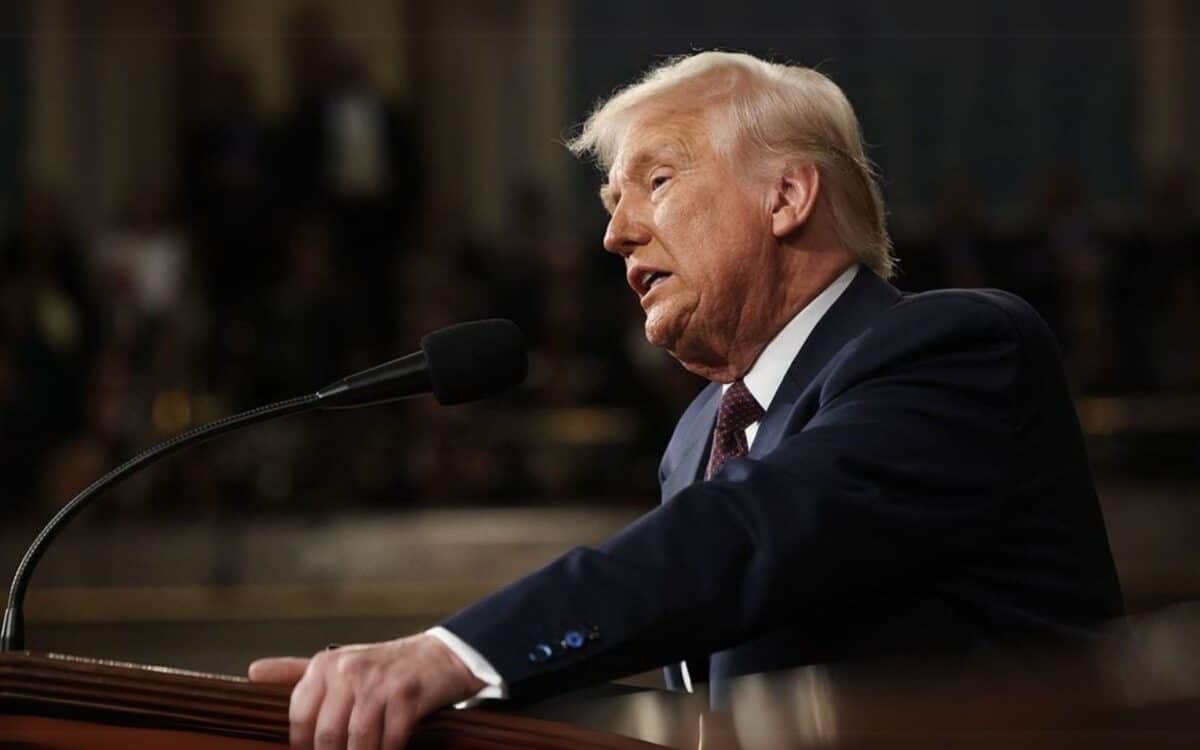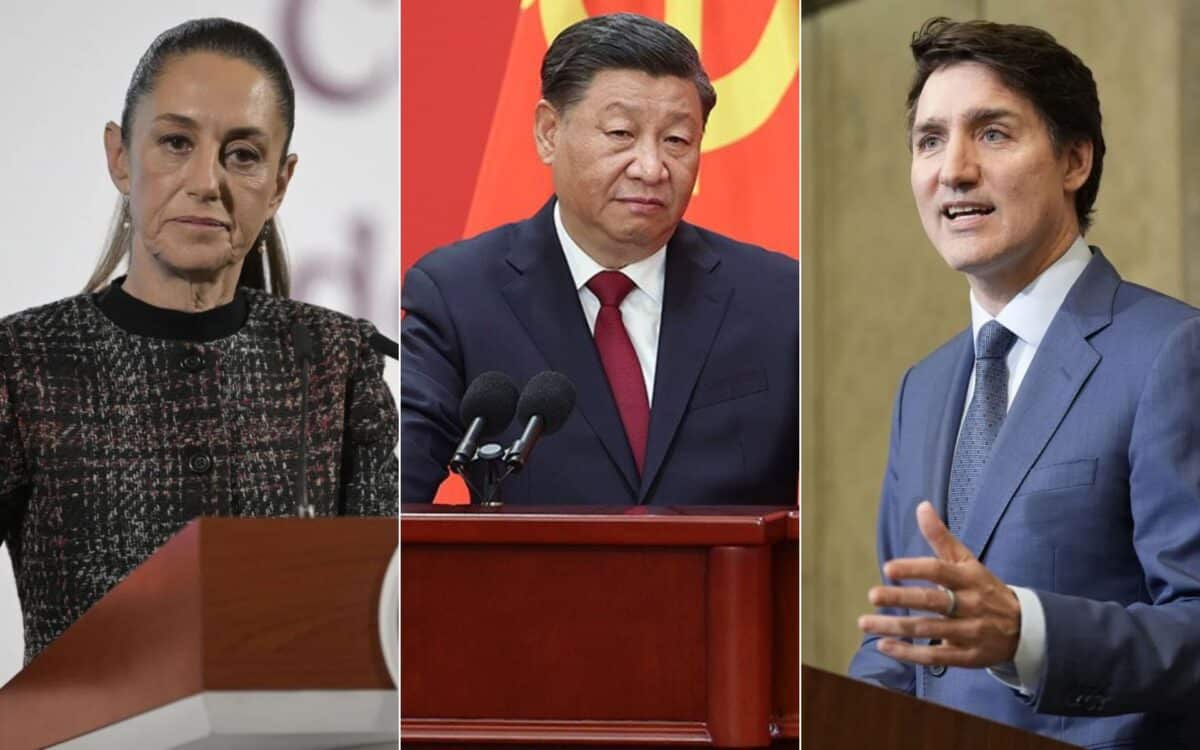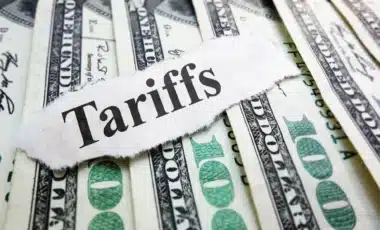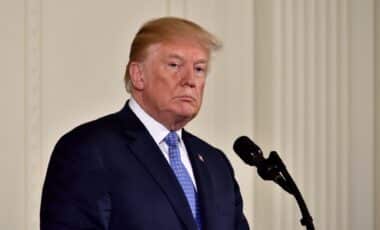The United States has implemented new tariffs on imports from Mexico, Canada, and China, marking a significant escalation in its trade policies. The measures, announced by President Donald Trump, have led to responses from the affected countries and fluctuations in financial markets.
According to ABC News, these tariffs are part of a broader strategy that includes trade negotiations, national security concerns, and economic policy shifts. While their full impact remains uncertain, they have already influenced diplomatic relations and global trade dynamics.
New Tariff Measures and Their Economic Rationale
On 4 March 2025, the U.S. enacted new tariffs, including a 25% tariff on imports from Mexico and Canada, along with a 10% tariff on Chinese goods, which doubled a previous duty imposed in February. According to the White House, the decision aims to address illegal fentanyl trafficking and protect U.S. economic interests.
Additionally, a 25% tariff on steel and aluminium imports is scheduled to take effect on 12 March, removing previous exemptions for Canada, Mexico, South Korea, and Argentina. These new tariffs follow a broader trade policy that had been introduced during Trump’s first term.
During an address at the Economic Club of Chicago on 15 October 2024, Trump stated: “To me, the most beautiful word in the dictionary is ‘tariff’.” The statement reflected his long-standing position on trade policies.
Retaliatory Measures and Trade Negotiations
Following the tariff announcement, China imposed an additional 15% tariff on some U.S. agricultural goods, bringing the total duty on these products to 30%. Canada and Mexico also announced retaliatory tariffs, but details of their implementation remain under negotiation.
On 3 March, the Mexican President Claudia Sheinbaum criticised the tariffs, stating that Mexico would delay immediate retaliatory measures until further discussions with the U.S. government.
In response to industry concerns, Trump postponed auto-related tariffs on Canadian and Mexican imports for one month following requests from Ford, General Motors, and Stellantis. On 6 March, additional adjustments were made, temporarily exempting goods covered under the United States-Mexico-Canada Agreement (USMCA) until 2 April.
This exemption affects nearly 50% of imports from Mexico and 38% from Canada, primarily in the automotive sector.
Market Volatility Following Tariff Announcements
The announcement of the tariffs coincided with fluctuations in U.S. financial markets. On 3 March, following Trump’s confirmation of the measures, the S&P 500 fell by 1.7%, marking its worst trading day since December. The decline continued after the tariffs were implemented, with the Nasdaq index dropping by 2.5%.

However, after Trump delayed the auto tariffs on 5 March, the stock market briefly recovered. The decision followed concerns raised by major U.S. automakers over potential disruptions to supply chains and increased manufacturing costs.
Expansion of Tariff Measures and Industry-Specific Investigations
The tariffs are part of a broader trade strategy that includes ongoing investigations into the impact of foreign imports on U.S. industries. On 1 March, Trump launched a review of timber imports, citing concerns over the U.S. dependence on foreign lumber.
If tariffs are introduced, Canada, Germany, and Brazil, among the largest timber exporters to the U.S., could be affected.
During his first Cabinet meeting on 25 February, Trump also announced a 25% tariff on all European Union imports, particularly targeting the automotive sector. According to the administration, the decision was based on concerns over U.S. trade imbalances with the EU and differences in value-added tax (VAT) policies.
Furthermore, Trump has directed his administration to evaluate the country’s reliance on foreign semiconductors and pharmaceuticals. While no tariffs have been introduced in these industries, officials have stated that additional trade measures could be implemented.









